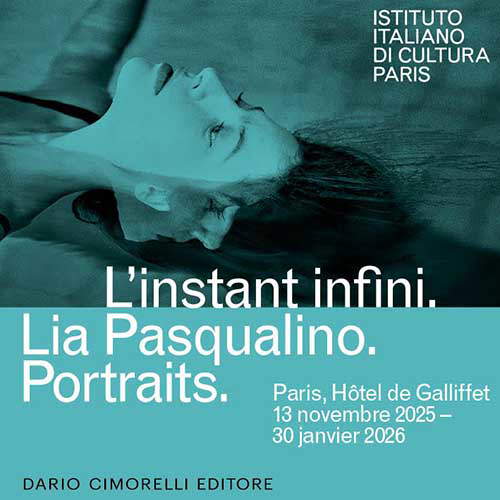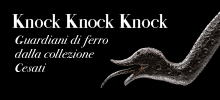
Segovia aqueduct: a work of Roman engineering, a world heritage site
The Roman aqueduct of Segovia (Spain), built around AD 50, stands out for its perfect integration into the urban fabric of the Spanish city, a historic and architectural symbol of rare preservation. An article on this unique construction.
By Noemi Capoccia | 28/09/2025 12:15
Segovia, capital of the province of the same name in the autonomous community of Castile and Leon, is located northwest of Madrid and holds an exceptionally valuable historical heritage. Its best-known attractions undoubtedly include themedieval Alcázar built in the 11th century by Alfonso VI and the 16th-century Gothic cathedral. Yet it is theRoman aqueduct that is the true symbol of the city. Declared a UNESCO World Heritage Site in 1985, along with the archaeological structure, Segovia presents an urban context where the ancient and the modern blend harmoniously. The aqueduct, with its history related to the Roman water supply, is its centerpiece.
A first curiosity about the structure? Unlike other great hydraulic works of the Roman era found in France, Italy, or other parts of Spain, the aqueduct in the city of Segovia (dotted with symbols placed on the ground indicating the aqueduct's route and recalling the milestones of the Pilgrim's Way to Santiago) blends seamlessly into the city: it does not merely frame it. The structure, which is walkable, faithfully follows the undulations of the terrain. Its height thus varies according to the natural slope, integrating with surprising harmony with the surrounding landscape.
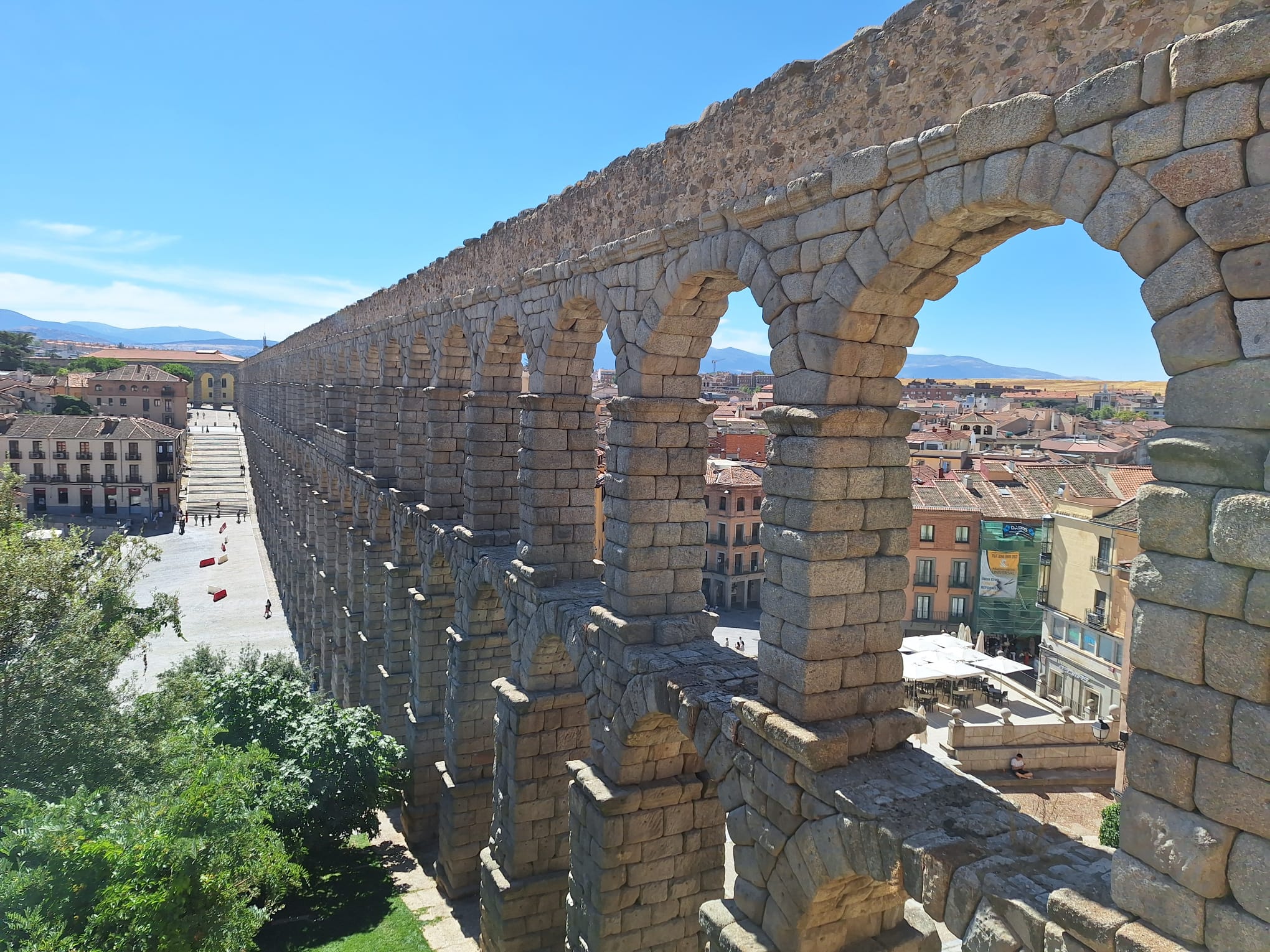
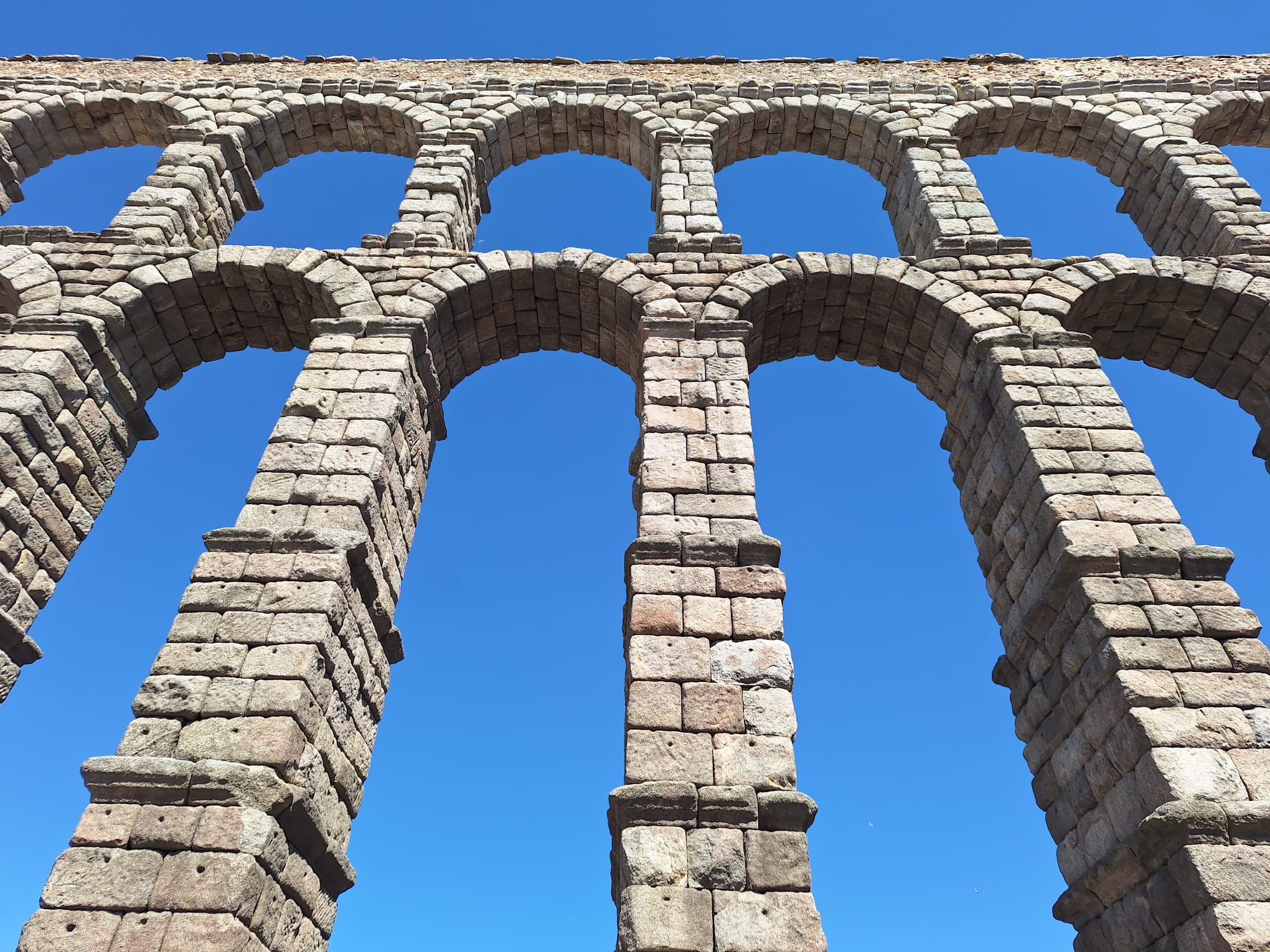

Roman architecture and engineering
The monument, probably built around A.D. 50, is notable for its unusual state of preservation. Its overall length reaches 813 meters, divided into four straight segments connected by two superimposed porticoes supported by 128 pillars. At the lowest points in the valley, however, the aqueduct reaches a height of 28.5 meters above the ground, giving visitors an impressive view from inside the city. The masonry construction has two levels of arches that lend grandeur without interrupting the fluidity of the urban fabric. Its 221 pillars demonstrate the importance that the aqueduct, also known as Aquae Atilianae, held in the province of Zaragoza. In other parts of Spain, only the remains of Roman structures survive, such as those in Seville, Toledo, and Calahorra.
The constructions of Mérida, Tarragona and especially Segovia thus document the political strategy of the Roman Empire, which, following the routes of the victorious armies, multiplied the construction of aqueducts, considered by the Roman writer Sextus Julius Frontinus (c. 30 A.D. - 103 or 104) as the most solemn testimony to the Empire of Rome. It can be said, therefore, that the Segovia Aqueduct represents an archaeological structure of significant historical and artistic value and assumes a central role as a cultural symbol of the city. Its excellent state of preservation and strategic location with respect to the city center make it immediately recognizable. Its arches and pillars contribute to an unbreakable and constant link between the modern city and its Roman past.
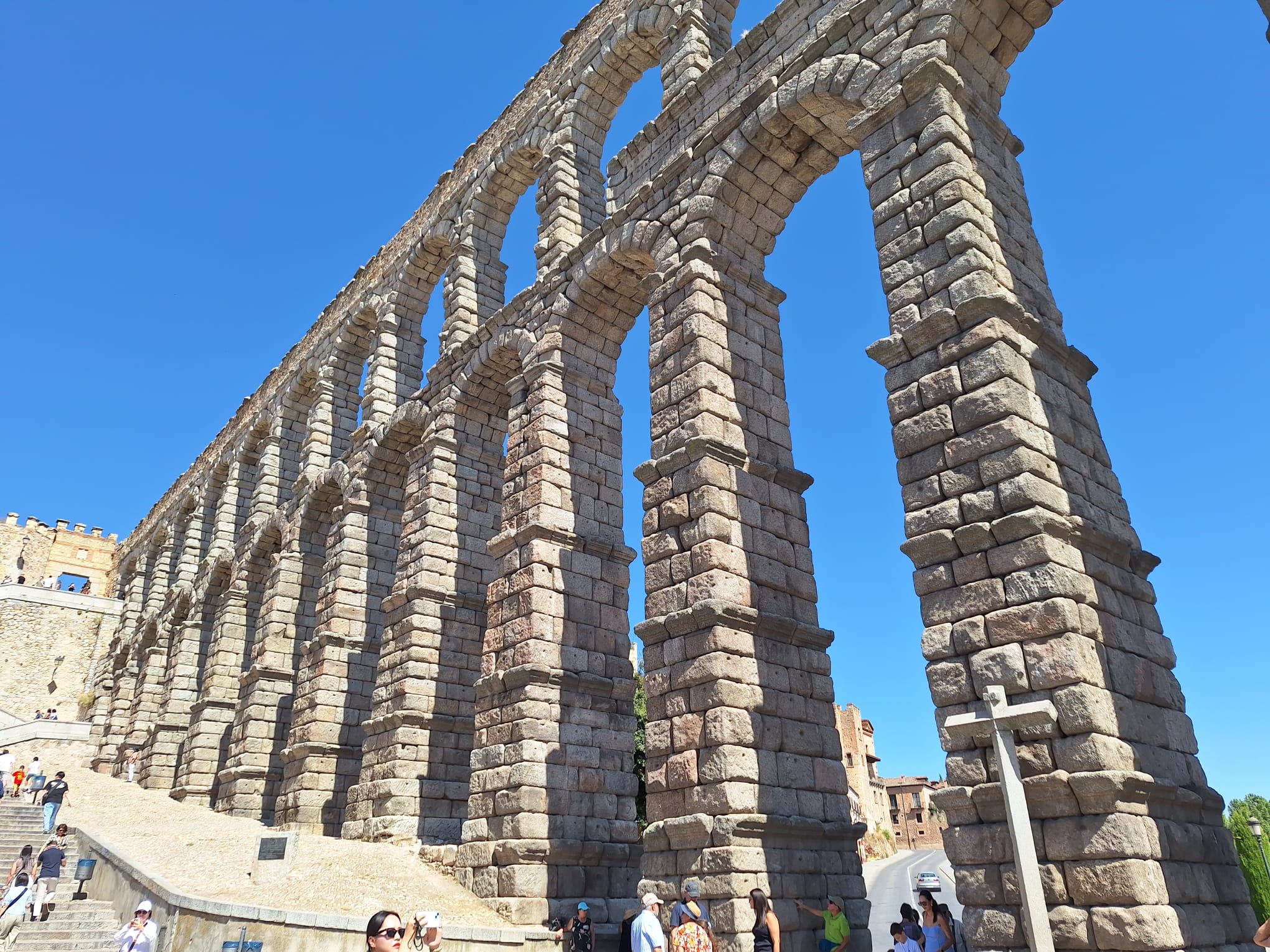

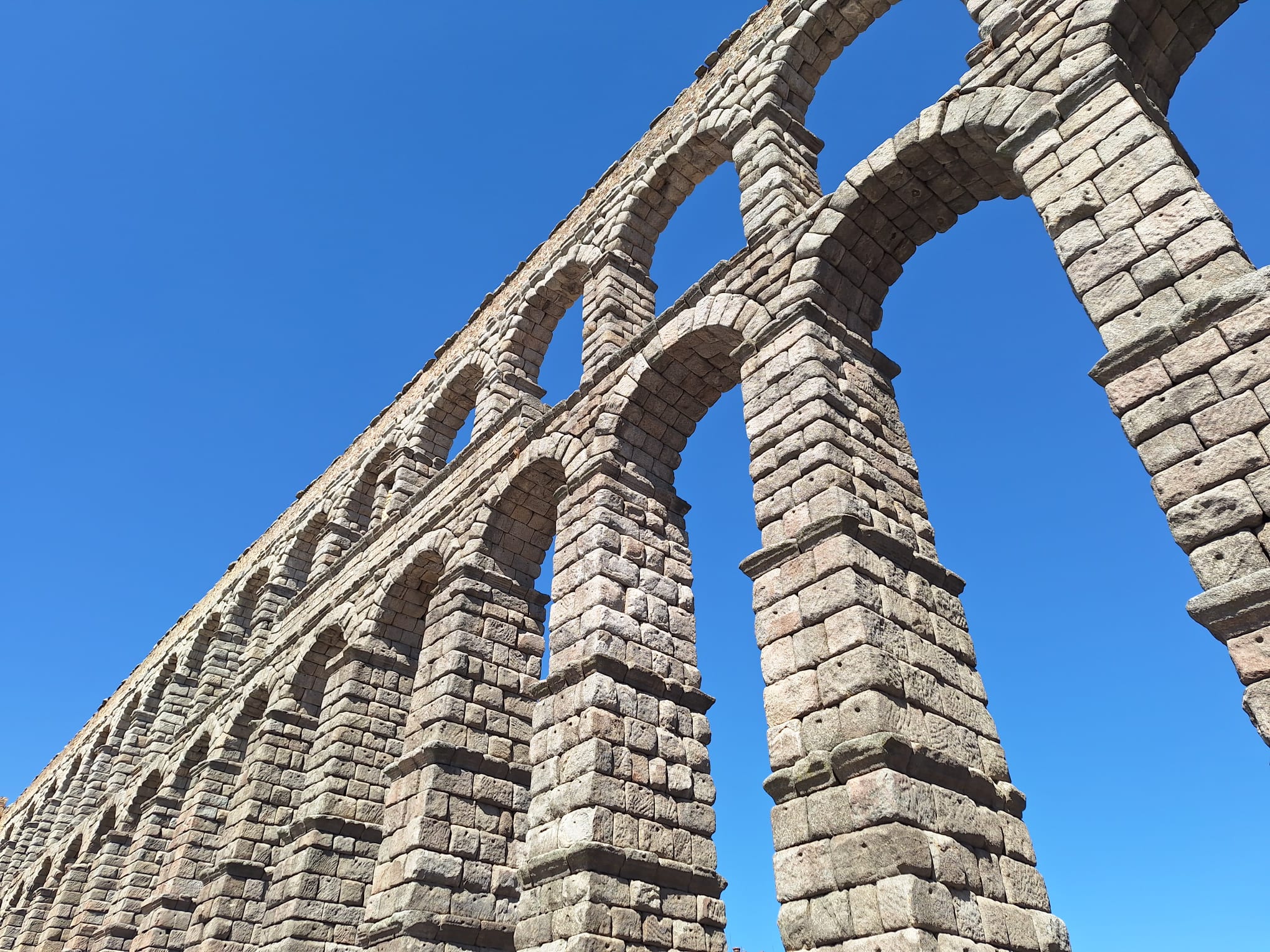
So what does it mean to walk and experience the aqueduct? It means understanding how Roman engineering knew how to adapt to the land, maintaining functionality and construction rigor without sacrificing integration with the surrounding environment. The ability to walk along its structure, observing the symbols that mark the route and the architectural details, allows one to experience the work as an integral part of the city itself. To this day, Segovia's construction remains among the best-known engineering achievements of ancient Spain. Its preservation, coupled with its ability to blend into the context of the city, distinguishes it from other surviving Roman aqueducts in Europe.
Thus, the structure cannot be considered separately from the city; in fact, those who observe it perceive its vital role in defining the historical and architectural identity of the Spanish city. The attention to the morphology of the land and its architectural structure indicate the ability of Roman builders to combine functionality and solemnity. In this sense, the aqueduct is a key element in understanding the relationship between the Roman civilization and the cities it shaped. Its presence along the city center therefore makes Segovia a unicum city, allowing visitors to feel a direct link with the past, integrating history, urban planning and engineering into a concrete experience.


